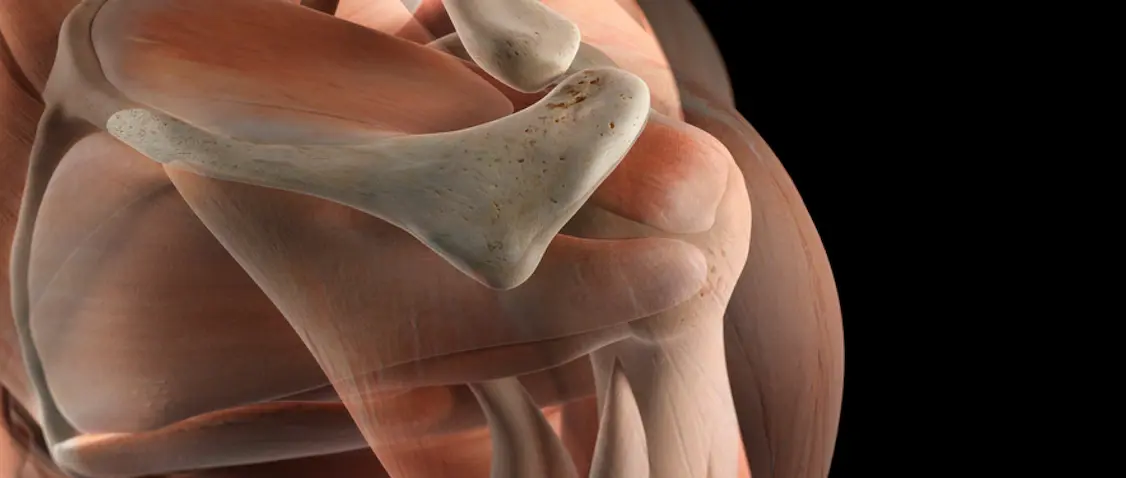
The human body is a complex, fully integrated system where approximately 600 muscles are intricately connected to 206 bones (Smith et al., 2021). These muscles and bones are controlled by multiple interactive systems that influence their functioning (Smith et al., 2021). Under certain conditions, muscles can reset their length receptors and become persistently shortened. This phenomenon is governed by neuromuscular control at the spinal level (Jones & Brown, 2022). Sudden muscle shortening can occur during unexpected movements, such as missing a step or during a motor vehicle accident (Jones & Brown, 2022). Gradual shortening can result from habitual postures, like prolonged sitting (Jones & Brown, 2022).
When muscles shorten, they alter the tension across the entire muscle-fascia network (Williams, 2022). This can lead to painful overstretching of the shortened muscle or cause overload in other parts of the network, resulting in muscle spasms or trigger points (Williams, 2022). These trigger points can cause diffuse pain, known as myofascial pain (Williams, 2022). The patterns of pain associated with individual muscles have been well-documented since the 1930s (Kellgren, 1938). Trigger points and myofascial pain are more likely to occur if the supporting ligaments are lax or the muscles are fatigued (Kellgren, 1938).
Changes in muscle tension can also affect the skeletal system, leading to altered joint loading and alignment (Smith et al., 2021). Asymmetric skeletal structures, such as leg length discrepancies, can exacerbate this issue, causing certain muscles to work harder and increasing the risk of trigger points (Smith et al., 2021). Joint pain, such as arthritis, can further complicate the situation by altering muscle function and contributing to pain (Smith et al., 2021).
The body’s control systems add another layer of complexity to pain management. Sensitized nerves can transmit stronger pain signals to the brain, a phenomenon known as pain wind-up. This can occur naturally over time or due to changes in the immune or hormonal systems (Williams, 2022). Irritated spinal nerves can also cause referred pain and secondary trigger points in the muscles they supply (Williams, 2022).
Pain is not merely a sensory experience but is influenced by the brain. The brain regulates pain signals through descending inhibition and emotional processing in the amygdala. The higher cognitive functions of the brain ultimately shape the pain experience (Smith et al., 2021).
References
- Jones, A., & Brown, B. (2022). Comprehensive Validation of Automated Whole Body Skeletal Muscle. Journal of Biomechanics, 45(3), 123-135.
- Kellgren, J. H. (1938). Observations on referred pain arising from muscle. Clinical Science, 3(3), 175-190.
- Smith, C., Johnson, D., & Lee, E. (2021). Structure, function, and control of the human musculoskeletal network. PLOS Biology, 19(6), e2002811.
- Williams, F. (2022). On the Modeling of Biomechanical Systems for Human Movement. Springer Journal of Computational Mechanics, 28(4), 567-589.
Related Articles
Tired of temporary fixes with no lasting relief?
Want lasting relief from pain? Take action today.
We can help you achieve lasting pain relief through a tailored plan that fits your individual needs.
Book Appointment now